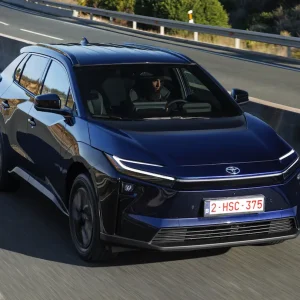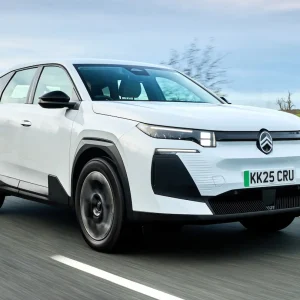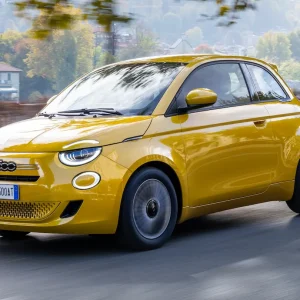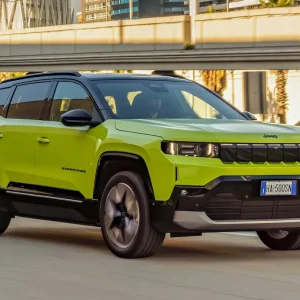Jeep, a company built on 4×4 heritage, has not been a popular brand in fleet because off-roaders are difficult to marry to low CO2.
Previously, the best the brand could do for CO2 was 139g/km on the Cherokee. Now it has a chance to capture more of the business car market with the diminutive Jeep Renegade.
In size terms, the Renegade sits neatly between cars such as the Nissan Juke and Renault Captur and upper medium SUVs such as the Nissan Qashqai and Skoda Yeti.
Jeep aims to differentiate the Renegade from rivals by pitching it as the only proper 4×4 in the market. However, the brand also admits the biggest seller will be the front-wheel drive 1.6 diesel.
The biggest seller is also the most efficient. The official CO2 and economy figures come in at 120g/km and 50.4mpg respectively, so against the competition’s best figures, the Jeep is within range.
However, if you want, or must have, a 4×4 then the Renegade’s figures are much more competitive with the entire range coming in at or below 160g/km. There’s also plenty of choice for off-road enthusiasts too, thanks to three different versions: there’s a simple all-wheel drive version, a 4×4 with a low-range gearbox, and for ultimate go-anywhere capability there’s the Trailhawk version that has greater ride height and underbody protection, although all are surprisingly capable in the muddy stuff.
On the road, the high-up driving position is great for visibility, but the large A-pillars counter that when driving through sweeping corners. The ride is firm enough to stop body roll without being too stiff and uncomfortable, and the manual gearbox is smooth and easy to use too.
All the engines feel sprightly and can cope with motorway work. However, while on the motorway the Renegade suffers from both tyre and wind noise.
The car’s interior is well designed, even if there are some low-cost materials used, and it’s well equipped with cruise control, Bluetooth, a colour display screen, air-conditioning and a host of safety equipment standard across the range.
As the car sits between sectors, the interior space is either good when compared against cars such as the Nissan Juke, or poor next to the Skoda Yeti or Nissan Qashqai. Either way, there’s plenty of head and legroom for adults in the rear seats, and the boot’s a good square shape with a false (and removable) floor under which items can be hidden.
With pricing and a March on-sale date some way off, Jeep will only commit to saying the car will be priced ‘competitively’. However, while the vehicle is appealing, both in looks and ability, fleet success will be dependent on how it performs in residual value terms as well as how competitively it is priced.
| P11D price | £20,000* |
| Model price range | £18,000-£26,000* |
| Fuel consumption | 50.4mpg |
| CO2 (tax) | 120g/km (22%) |
| BIK 20/40% per month | £73/£146* |
| Service interval | 20,000mls |
| Insurance (1-50) | group 14* |
| Warranty | 3yrs/60,000mls |
| Boot space (min/max) | 351/1297 litres |
| Engine size/power | 1598cc/120hp |
| Top speed/0-60mph | 112mph/10.2secs |
| On sale | March 2015 |





